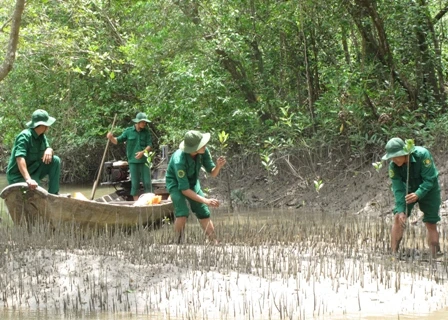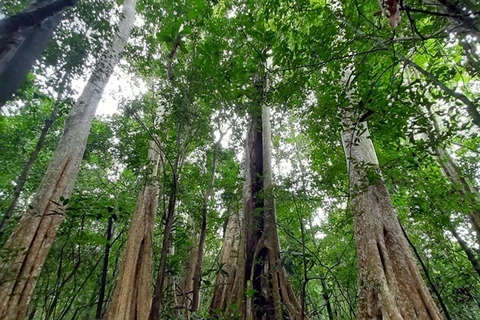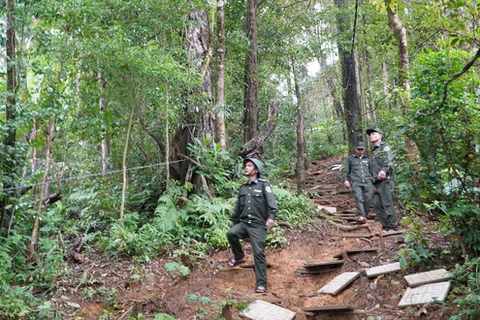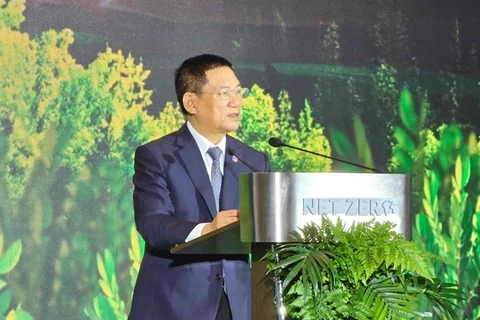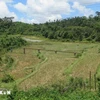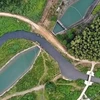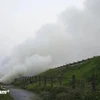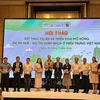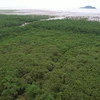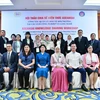 The total number of carbon-related credits issued in Vietnam as of December 2022 was about 40 million, with approximately 50 projects seeking issuance of carbon credits under the Global Carbon Council (GCC) mechanism. (Photo: VNA)
The total number of carbon-related credits issued in Vietnam as of December 2022 was about 40 million, with approximately 50 projects seeking issuance of carbon credits under the Global Carbon Council (GCC) mechanism. (Photo: VNA) Hanoi (VNA) - Vietnam is currently devising a project to develop a domestic carbon market, focusing on the mandatory trading of GHG emissions quotas for industries and businesses in the domestic market, while also considering international market integration.
According to Tang The Cuong, Director of the Department of Climate Change under the Ministry of Natural Resources and Environment (MoNRE), the work requires thorough preparation in terms of infrastructure, techniques, inventory capacity, and corporate reporting.
Statistics show that a total of 1,912 enterprises across the country are required to conduct greenhouse gas emissions inventories and meet specific emissions quotas. As a result, the MoNRE is set to advise the Prime Minister to improve Vietnam's overall emissions quota for 2026-2030 and annually thereafter. Therefore, enterprises will engage in reducing greenhouse gas emissions, with foreign investors and countries actively seeking collaboration with Vietnam to implement projects that can generate carbon credits and align with the Paris Agreement on climate change. Such projects offer a valuable source of credit for transactions.
The Government has tasked the ministry to develop a mechanism for carbon credit management, with the ministry soon setting up a national registration system. All businesses and organisations generating carbon credits in Vietnam will be required to register their credits on the system. Furthermore, any transactions with foreign partners must be reported to the ministry, as such activities impact the national emissions reduction targets.
Currently, Vietnam has four existing carbon credit mechanisms, including the Clean Development Mechanism (CDM), Joint Credit Mechanism (JCM), Gold Standard (GS), and Verified Carbon Mechanism (GCS).
The total number of carbon-related credits issued in Vietnam as of December 2022 was about 40 million, with approximately 50 projects seeking issuance of carbon credits under the Global Carbon Council (GCC) mechanism./.

